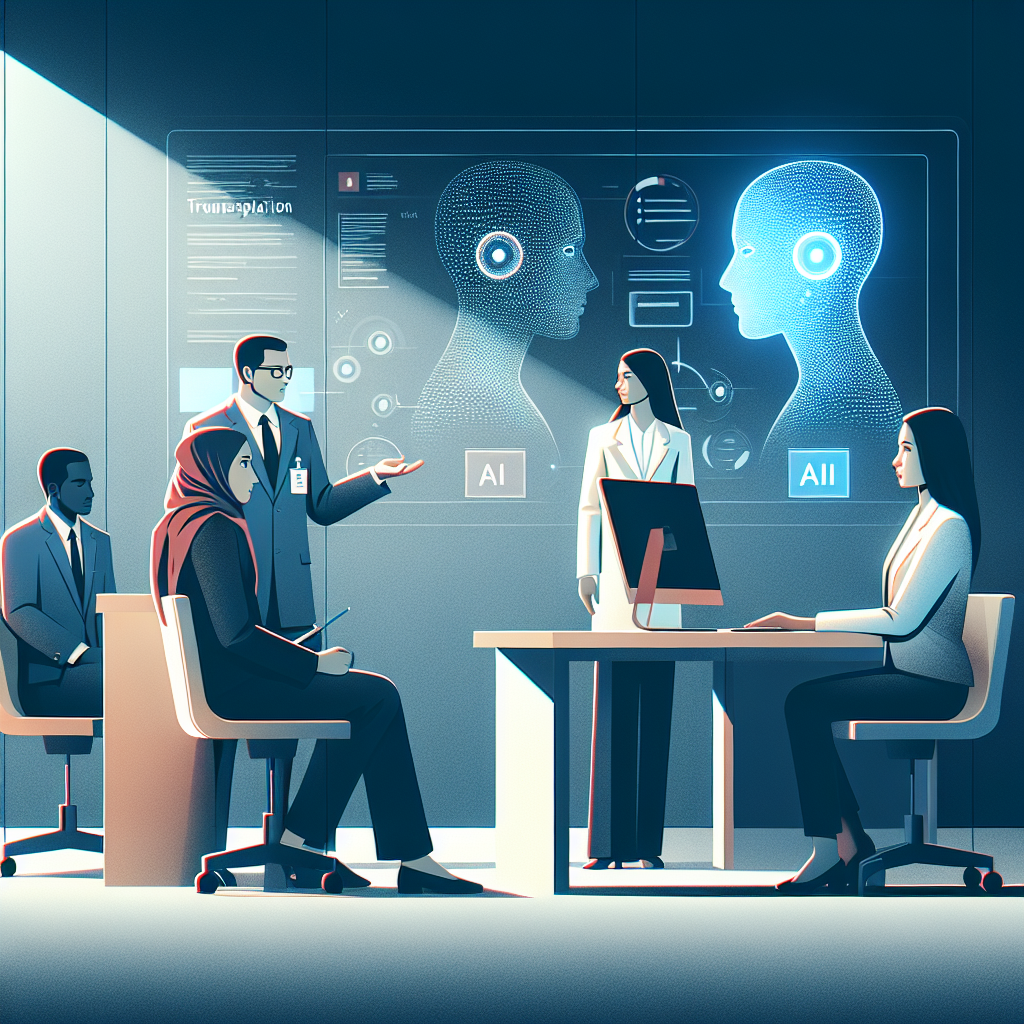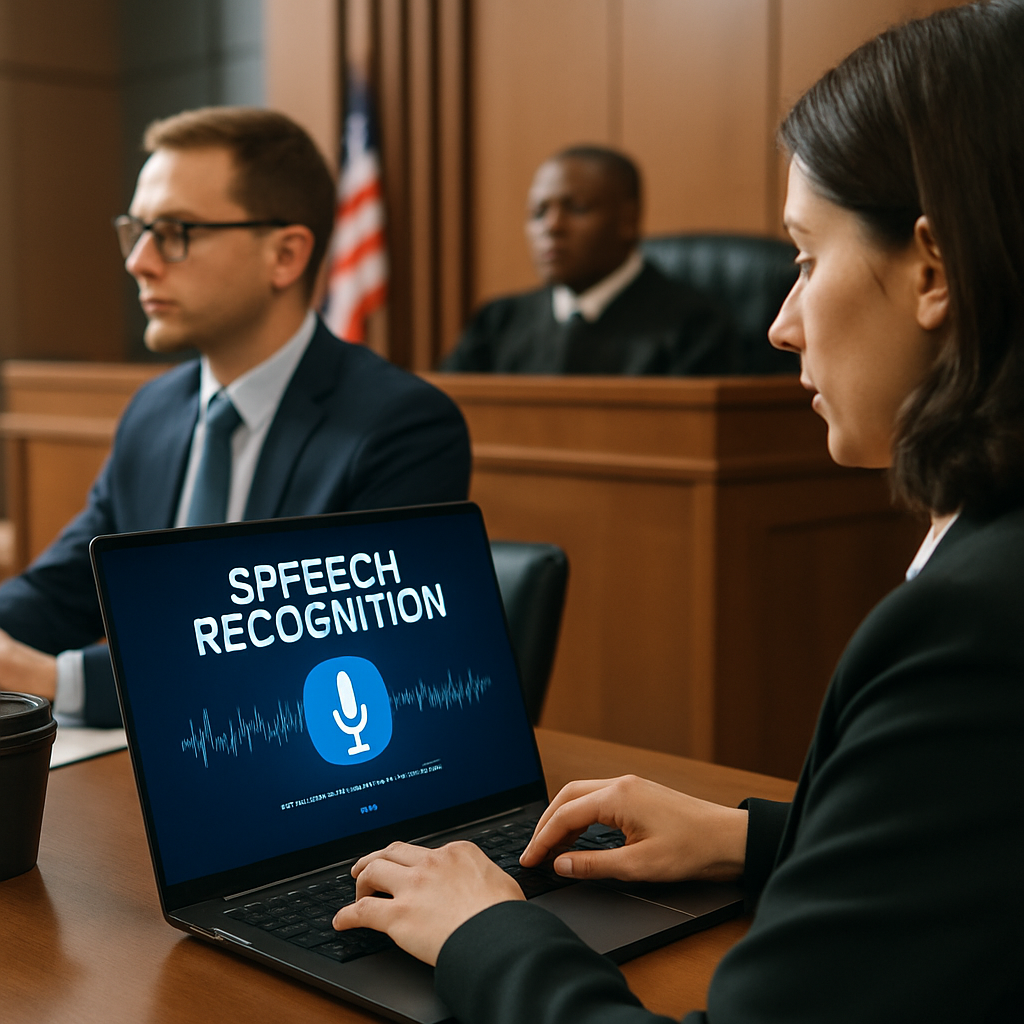
AI vs Human Transcription: A Comprehensive Comparison for Transcription Professionals
In today’s rapidly evolving transcription landscape, professionals are often faced with a critical question: Should I use AI-powered transcription or rely on human transcribers? Both approaches offer distinct benefits—and drawbacks. This post explores the key differences and when it makes sense to choose one over the other.
🤖 AI Transcription: Speed and Scalability
AI transcription uses machine learning models to convert speech to text in real-time or near real-time. These systems have grown more sophisticated, offering:
- Speed: Transcripts are generated in seconds to minutes.
- Affordability: Lower costs due to automation.
- Scalability: Process thousands of files simultaneously.
- Language Support: Many tools support dozens of global languages.
However, AI transcription is not perfect.
❌ Limitations:
- Struggles with accents, background noise, or overlapping speech.
- Misses contextual cues, sarcasm, and industry-specific terminology.
- Requires post-editing for verbatim accuracy.
🧑💼 Human Transcription: Accuracy and Nuance
Human transcription is performed by trained professionals who understand language, context, and subtleties that AI might miss.
✅ Strengths:
- High accuracy, especially in complex audio (e.g., legal, medical, multi-speaker).
- Contextual understanding for idioms, slang, and tone.
- Can follow style guides, custom formatting, and speaker labels.
⚠️ Challenges:
- Time-consuming—hours or days depending on length and complexity.
- Higher costs per minute of audio.
- Not easily scalable without a team.
🧠 Hybrid Approach: Best of Both Worlds
Many transcription professionals and companies now use a hybrid model:
- AI for initial pass
- Human editor for polishing and verification
This balances speed and accuracy, making it ideal for legal, academic, and media transcription workflows.
🛡️ Security and Confidentiality Considerations
- AI platforms may store data on external servers, raising compliance risks (HIPAA, GDPR).
- Human transcription services often offer NDA-backed confidentiality agreements and local processing.
Choose based on your client's privacy requirements.
📊 Comparison Table
| Feature | AI Transcription | Human Transcription | Hybrid Approach |
|---|---|---|---|
| Speed | ✅ Very Fast | ❌ Slower | ⚠️ Moderate |
| Accuracy | ⚠️ Varies | ✅ High | ✅ Very High |
| Cost | ✅ Low | ❌ Higher | ⚠️ Moderate |
| Contextual Handling | ❌ Limited | ✅ Strong | ✅ Strong |
| Scalability | ✅ High | ❌ Limited | ⚠️ Depends on team |
| Compliance Ready | ⚠️ Varies | ✅ Customizable | ✅ Customizable |
🔚 Conclusion
There’s no one-size-fits-all solution. AI transcription is perfect for fast, affordable drafts, while human transcription remains the gold standard for critical accuracy and comprehension. Transcription professionals should assess each project’s needs and adopt AI, human, or hybrid transcription accordingly.
FAQ
Explore some common queries related to AI vs human transcription:
- Q: What are the main advantages of AI transcription over human transcription?
A: AI transcription offers quick turnaround times and cost-effective solutions. - Q: How does human transcription ensure accuracy in specialized fields like legal or medical transcription?
A: Human transcribers possess domain knowledge and expertise that AI may lack. - Q: Can AI transcription tools handle multiple accents and languages effectively?
A: AI tools are evolving to support diverse linguistic variations, but human transcribers excel in complex language nuances.


